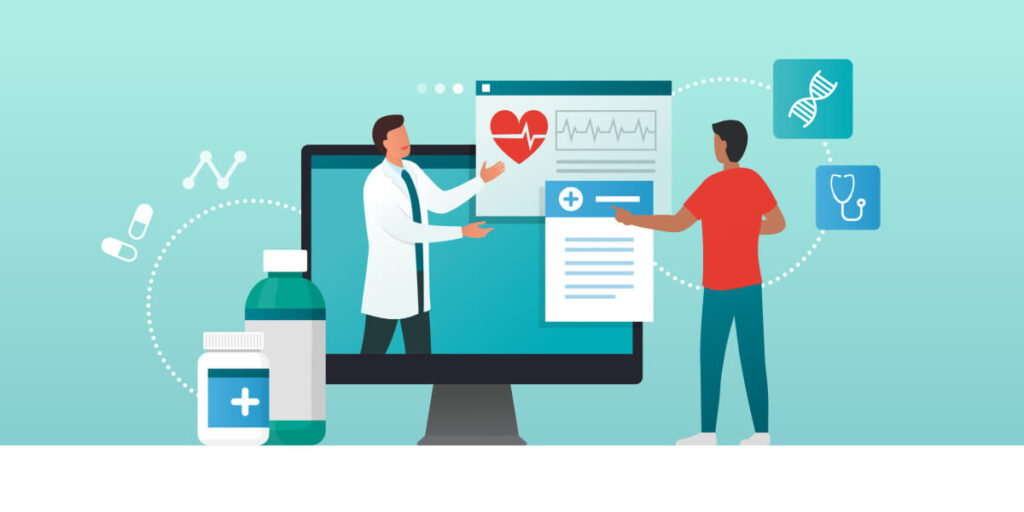The digital age provides many opportunities for businesses and organizations to reach out to customers, and the medical industry is no exception. Hospitals, clinics, laboratories, and other medical facilities can provide their customers easy access to certain healthcare services with online websites and applications that give them convenient and secure access to what they need.
So what is a patient portal account? A patient portal account is your patient’s access to healthcare online. Accessible to users 24/7 and providing real-time features, patient portals are a must-have for medical and healthcare facilities that want to make healthcare appointments and transactions for their clients and patients convenient. Here’s what you need to know before equipping your facility with patient portals.
As mentioned, a patient portal account gives your patients or clients online access to a secure website or mobile app that has everything they need to know about their status with your business. What is available in your patient portal will depend on what kind of medical or healthcare facility you are operating.
These portals were designed to make it easier for users to manage their healthcare appointments and transactions. Portals are accessible to patients at any time of the day, so they can book their appointments and check on their medical history without the need to go to the actual facility.
Patient portals can come in multiple forms. Some healthcare providers provide clients with access to their patient portal accounts on their main website. Others use third-party websites to host their facility’s own patient portal. While some have either a mobile app, use third-party health apps, or a patient portal within their existing electronic medical record to ensure all medical records are consolidated and up to date.
Patients with a patient portal account can access their medical records securely without having to physically go to their healthcare facility. Prior to patient portals, a hospital visit meant patients had to plan the better part of the day going to their healthcare provider for an office visit or to request a copy of their medical records or outstanding finances. Because of HIPAA regulations that protect the security of medical records, acquiring these documents took much longer.
Today, patient portal accounts now easily give access to the following:
While patient portals offer patients an easier way to focus on their personal health, they also offer advantages to healthcare professionals. By providing your facility with its own patient portal, your medical professionals have the following advantages:

The future of medical services is likely to see an increase in e-visits due to its convenience compared to the otherwise traditional way of booking appointments. More than convenience, other benefits of a patient portal include:
You’ll need to register for a patient portal account first using your identification and other requirements your healthcare provider may ask from you. From there, simply provide your email address, your password, or other necessary personal information. You may be asked to verify your email address for updates.
Patient portals are beneficial to both the healthcare facility and its patients. Offering patients and healthcare professionals easy access to all essential medical information, patient portals are a must-have for facilities looking towards the future of medical access.
Calysta is more than just your average electronic medical record software; it’s your medical center’s all-in-one access to better interactions with your customer. Schedule your meetings, contact your patients, and store your data securely all under one software that caters to the needs of aesthetic and dermatological centers. Try Calysta for free for one month today.